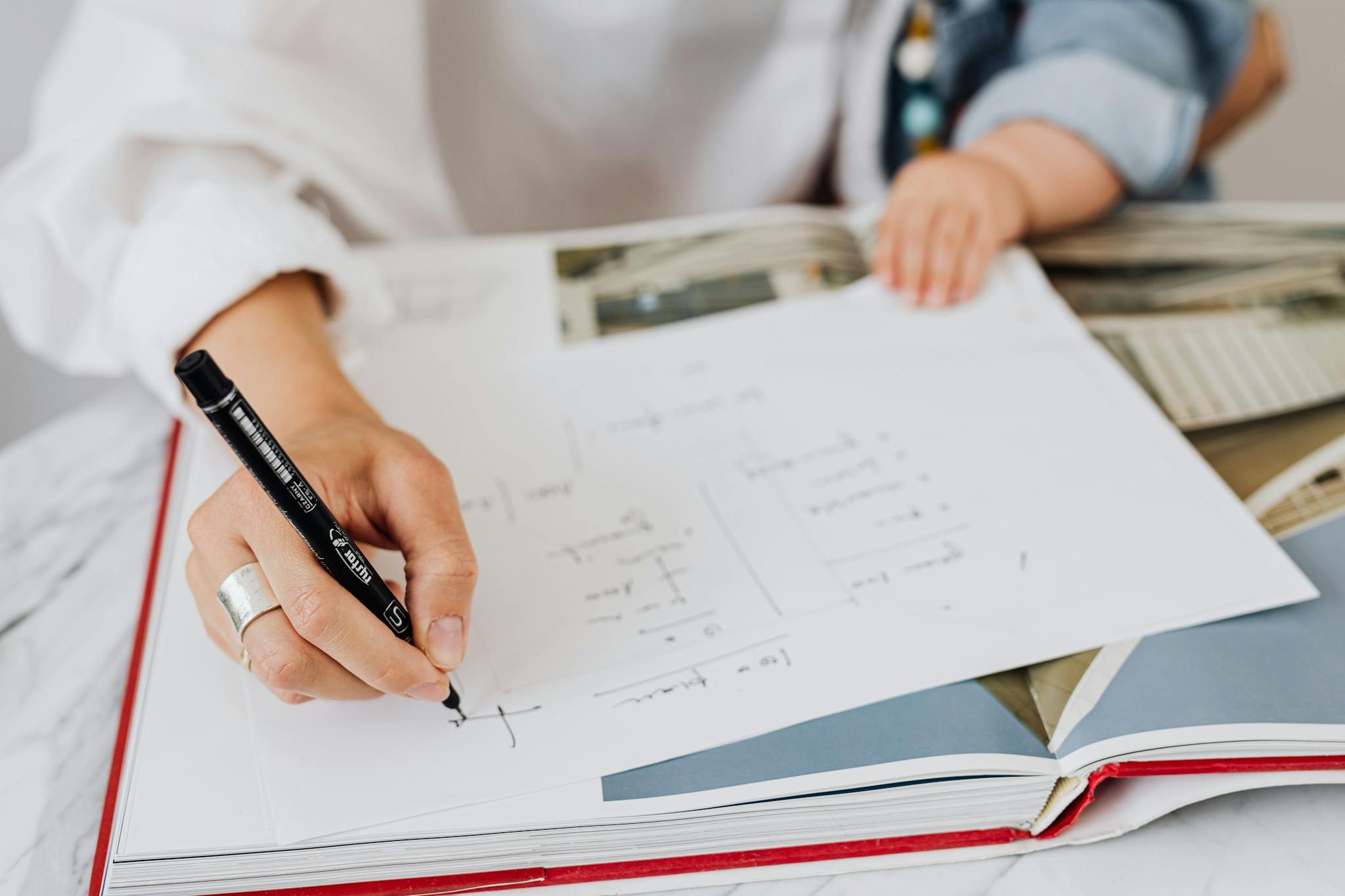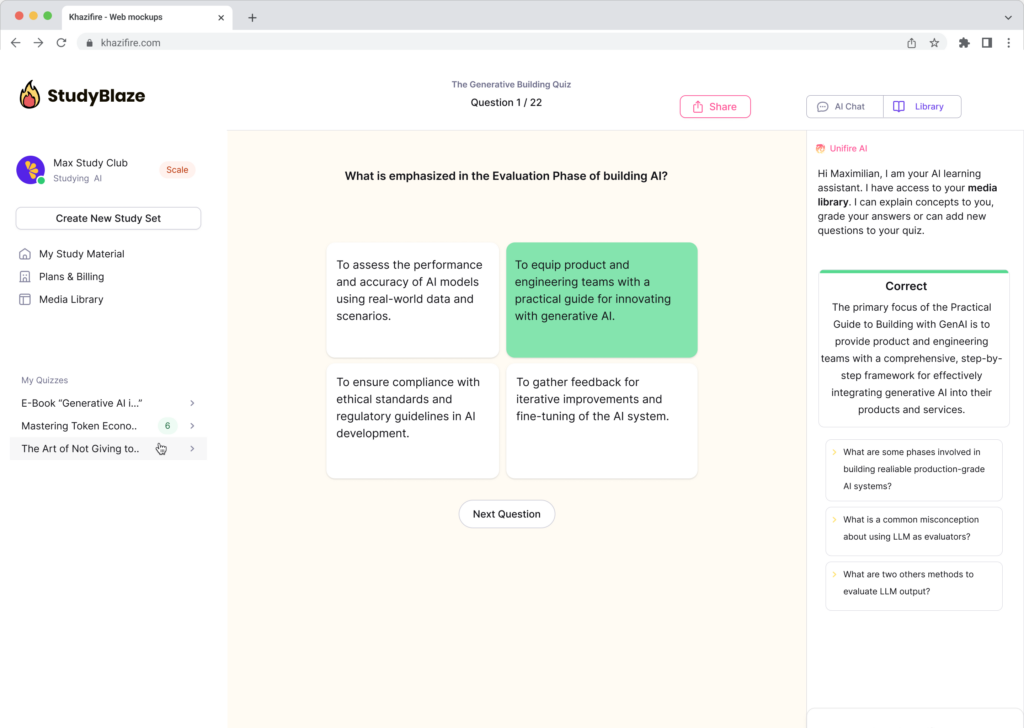Area Model Multiplication Worksheets
Area Model Multiplication Worksheets provide visual aids to help students understand and solve multiplication problems using the area model method.
You can download the Worksheet PDF, the Worksheet Answer Key and the Worksheet with Questions and Answers. Or build your own interactive worksheets with StudyBlaze.
Area Model Multiplication Worksheets – PDF Version and Answer Key

{worksheet_pdf_keyword}
Download {worksheet_pdf_keyword}, including all questions and exercises. No sign up or email required. Or create your own version using StudyBlaze.

{worksheet_answer_keyword}
Download {worksheet_answer_keyword}, containing only the answers to each worksheet exercise. No sign up or email required. Or create your own version using StudyBlaze.

{worksheet_qa_keyword}
Download {worksheet_qa_keyword} to get all questions and answers, nicely separated – no sign up or email required. Or create your own version using StudyBlaze.
How to use Area Model Multiplication Worksheets
Area Model Multiplication Worksheets utilize a visual approach to help students understand and perform multiplication by breaking down numbers into more manageable parts. Each worksheet typically features grids or rectangular areas where students can represent the factors being multiplied. For example, if students are multiplying 12 by 3, they can decompose 12 into 10 and 2, filling in the respective areas to show 10 times 3 and 2 times 3. This method not only aids in conceptual understanding but also reinforces skills in addition and area calculations. To tackle the topic effectively, students should practice decomposing numbers into simpler components and filling in the areas methodically. Starting with smaller numbers can build confidence before progressing to larger factors. Additionally, encouraging students to verbalize their thought processes while working through the problems can enhance their understanding and retention of multiplication concepts.
Area Model Multiplication Worksheets are an excellent tool for enhancing mathematical skills and understanding multiplication concepts. By using these worksheets, individuals can visually break down complex multiplication problems into manageable parts, making it easier to grasp and retain the underlying principles of area and multiplication. Additionally, these worksheets allow learners to track their progress and determine their skill level by providing a structured format for practice. As users complete various problems, they can assess their proficiency in multiplying different sets of numbers, gaining insights into areas where they excel or may need further improvement. The versatility of Area Model Multiplication Worksheets caters to different learning styles, making them suitable for students of all ages and backgrounds. Engaging with these resources not only builds confidence in math but also fosters a deeper appreciation for the subject, ultimately leading to better academic performance and a stronger foundation in mathematical concepts.
How to improve after Area Model Multiplication Worksheets
Learn additional tips and tricks how to improve after finishing the worksheet with our study guide.
After completing the Area Model Multiplication Worksheets, students should focus on several key concepts and skills to solidify their understanding of multiplication using the area model. Here’s a detailed study guide to help guide their review process:
1. Understanding the Area Model: Review the fundamental principles of the area model. Students should grasp how multiplication can be visualized as finding the area of a rectangle, where one side represents one factor and the other side represents the second factor.
2. Breaking Down Numbers: Practice decomposing numbers into their place values. For example, when multiplying 23 by 45, students should break down 23 into 20 and 3, and 45 into 40 and 5. Understanding this step is crucial for correctly applying the area model.
3. Drawing the Area Model: Students should practice drawing rectangles to represent the factors. They should illustrate how to create sections for each part of the decomposition. For instance, using the previous example, students would draw a large rectangle and divide it into four smaller rectangles representing 20×40, 20×5, 3×40, and 3×5.
4. Calculating Areas of Smaller Rectangles: After drawing the rectangles, students should practice calculating the area of each smaller rectangle. This involves multiplying the length and width of each section derived from the decomposition.
5. Adding Areas Together: Once the areas of the smaller rectangles are calculated, students should practice how to add these areas together to find the total area, which represents the product of the original two factors.
6. Relating to Standard Algorithm: Students should compare the area model with the traditional multiplication algorithm. This will help them understand how both methods yield the same result and reinforce their understanding of why multiplication works.
7. Practicing with Different Numbers: To strengthen their skills, students should work through additional problems using the area model. They should practice with both two-digit and three-digit numbers to build confidence and fluency.
8. Word Problems: Incorporate word problems that require multiplication so that students can apply the area model in real-world situations. This will help them understand the practical applications of multiplication.
9. Reflect on Mistakes: Review any mistakes made on the worksheets and discuss why they occurred. This reflection is vital for understanding concepts more deeply and avoiding similar errors in the future.
10. Collaborative Learning: Encourage students to work with peers to discuss their approaches to using the area model. Group discussions can lead to new insights and strategies for tackling multiplication problems.
11. Review Related Concepts: Ensure students have a solid grasp of related mathematical concepts such as addition, subtraction, and the properties of multiplication (associative, commutative, and distributary properties) as these are often intertwined with understanding multiplication.
12. Practice with Technology: Utilize educational software or online resources that offer interactive multiplication games and simulations that utilize the area model. This can make learning engaging and help reinforce skills.
By focusing on these areas, students can enhance their understanding of multiplication through the area model and develop a solid foundation for more advanced mathematical concepts in the future.
Create interactive worksheets with AI
With StudyBlaze you can create personalised & interactive worksheets like Area Model Multiplication Worksheets easily. Start from scratch or upload your course materials.

